Bone graft after tooth extraction: Techniques, alternatives, healing, and more
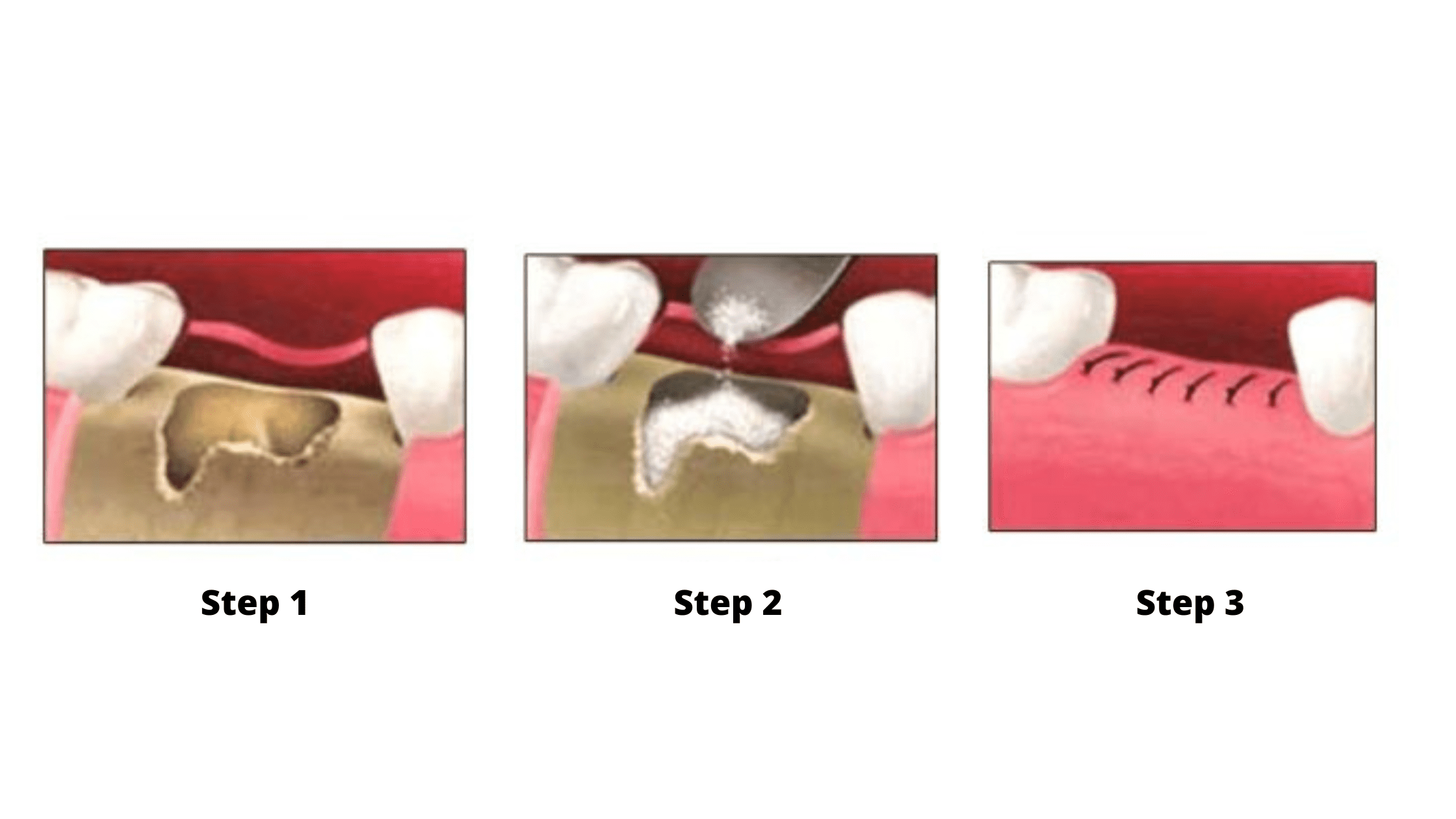 After a tooth extraction, one of the most concerning consequences is bone loss. Without the stimulation that teeth provide, the jawbone begins to shrink and collapse over time.
After a tooth extraction, one of the most concerning consequences is bone loss. Without the stimulation that teeth provide, the jawbone begins to shrink and collapse over time.
If you're planning to replace the missing tooth with an implant or a bridge, this loss of bone volume and shape can unfortunately make the treatment more difficult—or even impossible.
To prevent this from happening, your dentist may suggest a bone grafting procedure at the time of extraction.
In this article, you'll learn everything you need to know about bone grafting after a tooth extraction: techniques, alternatives, healing, and more.
In this article...
1. What Happens to the Jawbone After a Tooth Extraction?
2. What Does Bone Grafting After Tooth Extraction Involve?
3. Socket Preservation Can Help You Save Significant Bone
4. The Typical Steps of a Socket Preservation Procedure
5. Healing and Recovery After Socket Preservation
6. I Want Implants as Soon as Possible—Can I Skip the Bone Graft?
What Happens to the Jawbone After a Tooth Extraction?
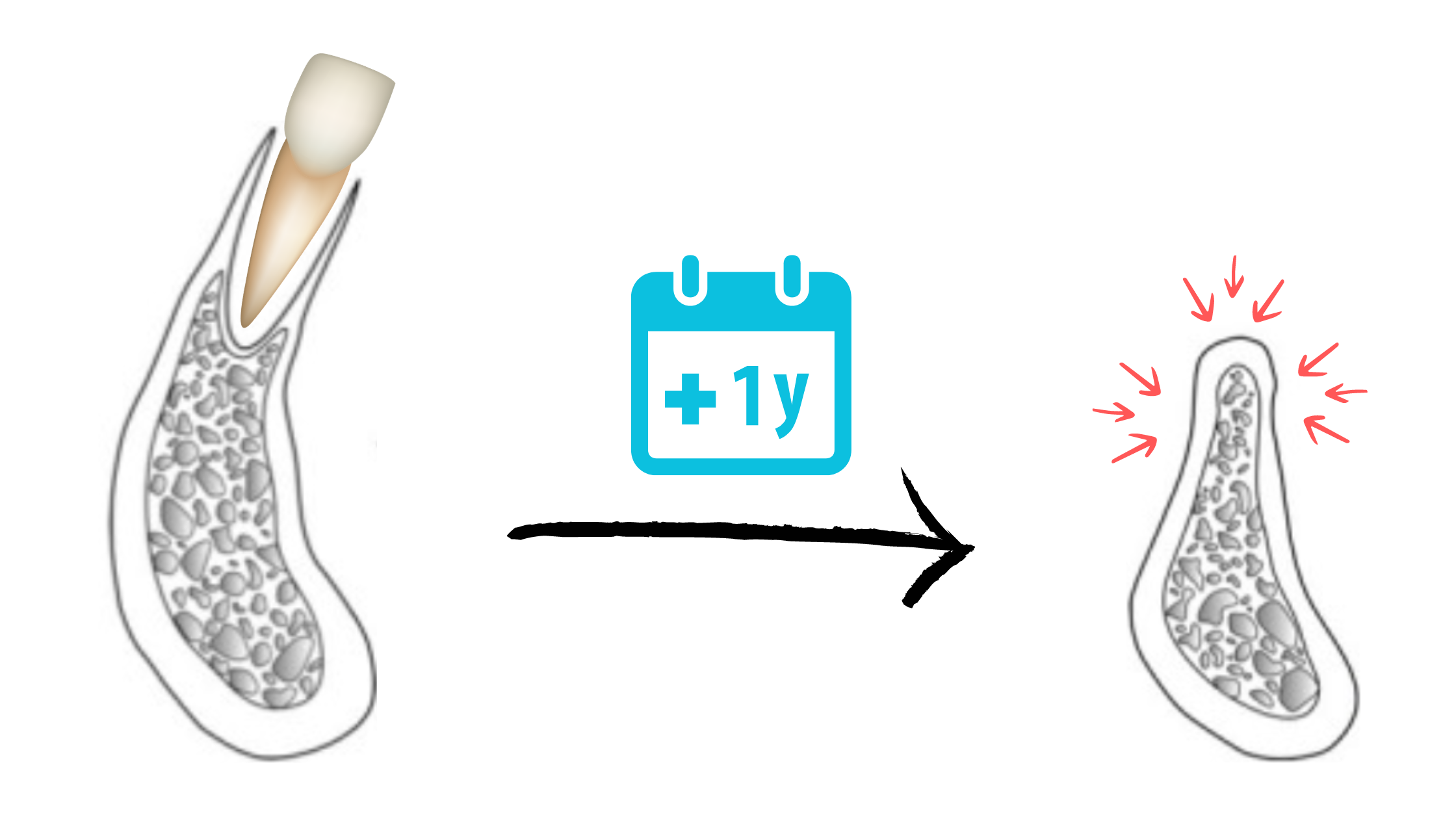
After a tooth is removed, the alveolar bone—the part of the jaw that supported the tooth—begins to shrink. Studies show that this bone can lose up to 32% of its width within just 3 months, and between 29% to 63% after 6 to 7 months. Although bone loss slows down after the first year, it continues over time.
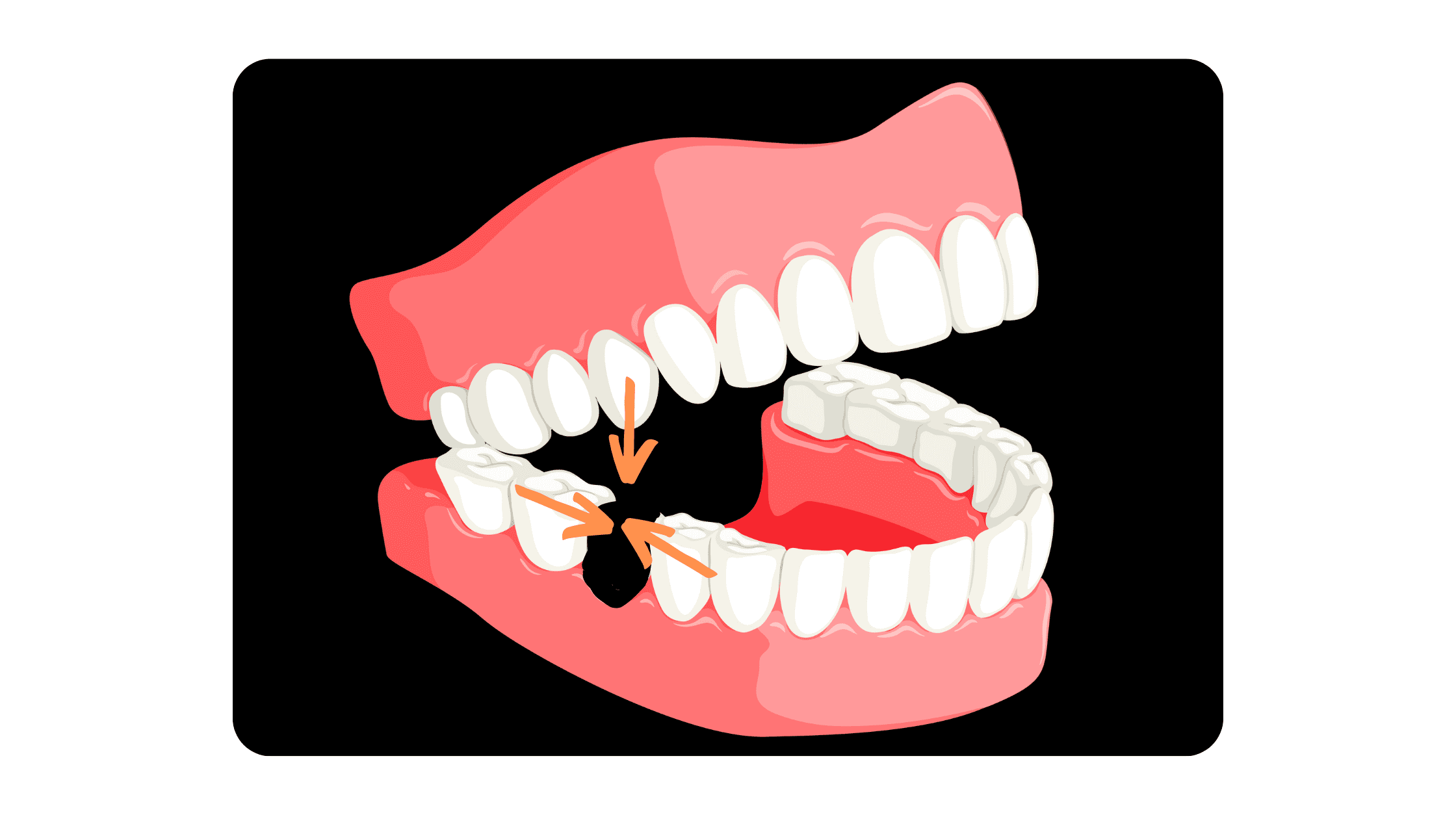
Teeth naturally try to stay in contact with one another. So when a tooth goes missing, the surrounding teeth begin to shift. The tooth in the opposite jaw may move downward (or upward), while neighboring teeth can tilt sideways into the empty space.
As the opposing tooth migrates, it can lose the bone and gum support that keeps it stable. This often leads to gum recession, making the tooth appear longer, become looser, and eventually fall out.
Fewer teeth also means more chewing pressure on the remaining ones, which can lead to increased wear, fractures, or even breakage over time.
Additionally, your teeth and jawbone help support the soft tissues of your face. When the jawbone shrinks, it can affect your facial appearance—causing the face to sag, lose its firmness, and take on an older appearance.
What Does Bone Grafting After Tooth Extraction Involve?
To help preserve your jawbone and prevent bone loss, your dentist may recommend a bone graft at the time of tooth extraction. This procedure, known as socket preservation, involves placing bone or a synthetic material into the empty socket where the tooth was removed.Socket preservation is especially useful if you have thin bone or gum tissue, if your jawbone is already weak and likely to break down during healing, or if you're planning to get a dental implant later on.
There are different types of bone grafts, including:
Types of dental bone grafts

Autograft: Bone is taken from your own body. If only a small to moderate amount is needed, the bone is usually taken from the back of your mouth (such as the chin or jaw). For larger grafts, the bone may be harvested from other areas like the skull or hip bone (iliac crest).
Because the bone comes from your own body, autografts are highly compatible and carry no risk of rejection. However, they do require a second surgical site, which can increase healing time and discomfort.

Allograft: Bone comes from a human donor, usually obtained from a bone bank. The donor bone is thoroughly sterilized and processed to ensure it's safe and biocompatible. The main advantage of allografts is that they avoid the need for a second surgical site.
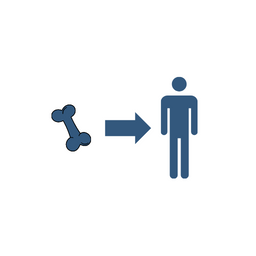
Xenograft: The bone used for the graft comes from another species. Like allografts, they also undergo processing before being used in your jaw.
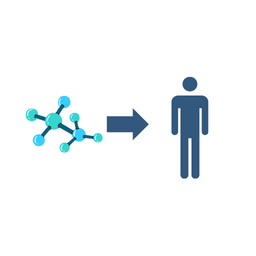
Synthetic material: This is a bone-like biomaterial that can serve the same purpose as other types of bone grafts.
Socket Preservation Can Help You Save Significant Bone
Research shows that placing a bone graft after tooth extraction can significantly reduce bone loss—by around 1.89 mm in width and up to 2.07 mm in height compared to extraction alone.Socket preservation helps slow down bone resorption and maintains the shape and volume of the jawbone. This is especially important if you're planning to get a dental implant later, as it makes the process easier and helps you avoid more complex and expensive procedures down the line.
Autogenous bone grafts—bone taken from your own body—have long been considered the gold standard in bone augmentation. They’re the only type of graft that contains living cells, which promotes new bone formation and enhances regeneration.
However, the downside is that they require a second surgical site. Also, studies have shown that autografts may be more prone to resorption when used for socket preservation.
Because of this, allografts—bone from a human donor—are now the most commonly used option for this procedure. While they don’t contain living cells, allografts still offer consistent and reliable results.
The Typical Steps of a Socket Preservation Procedure
Here’s what you can typically expect during a socket preservation procedure:1. Examination and Preparation
Before the procedure, your dentist will examine your teeth, gums, and jawbone. X-rays or scans are taken to assess the area and determine whether a bone graft is appropriate.2. Tooth Extraction
The tooth is carefully removed under local anesthesia. Your dentist will perform the extraction as gently as possible to avoid damaging the surrounding bone and soft tissue.3. Socket Cleaning
After the tooth is out, the empty socket is thoroughly cleaned. Any debris, tooth fragments, or damaged tissue is removed to prepare the site for the graft.4. Bone Graft Placement
The bone grafting material—whether natural or synthetic—is placed directly into the socket where the tooth was removed.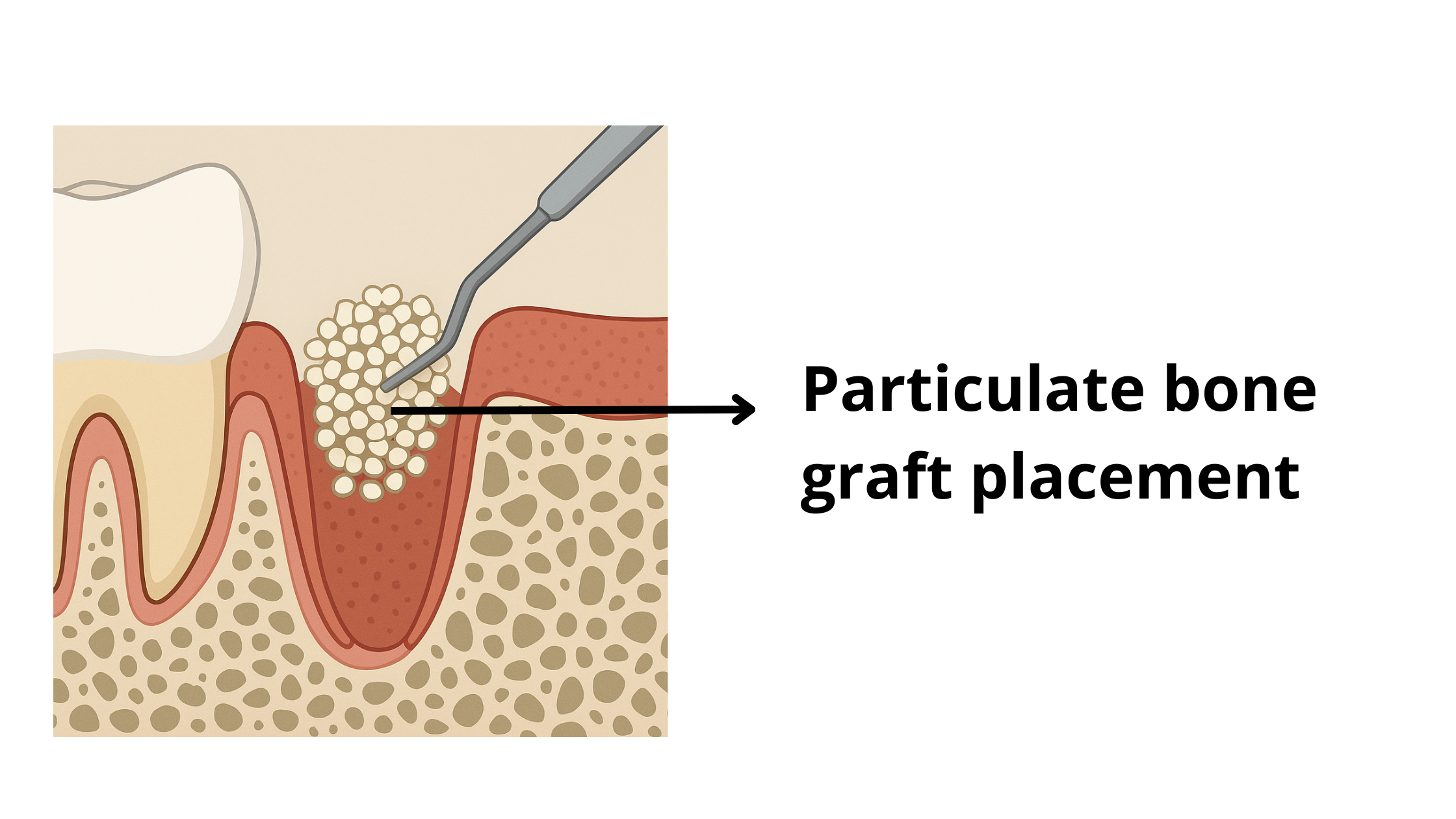
5. Membrane Placement
A protective membrane is placed over the graft to shield it and support proper healing. This barrier helps keep the graft in place and encourages new bone to form.6. Closing the Site
Finally, the area is closed with sutures to stabilize the graft and promote optimal healing over the coming weeks.Healing and Recovery After Socket Preservation
After a socket preservation procedure, it's normal to experience some common post-operative effects, such as pain, swelling, and minor bleeding during the first few days.These are usually manageable with over-the-counter pain relievers, salt water rinses, and antibiotics if prescribed by your dentist.
To support proper healing, you should avoid smoking, drinking through a straw, and eating hard or crunchy foods for several days. Instead, stick to soft, warm foods that won’t disturb the healing site.
While discomfort usually fades within a few days and the gums tend to heal quickly—typically within a week—bone healing takes longer. It may take several months for the grafted bone to fully mature, harden, and integrate with your jaw.
Around 4 months after the procedure, your dentist will examine the area clinically and with X-rays to evaluate the progress. If healing is complete and the bone is stable, you’ll be ready to move forward with dental implant placement.
I Want Implants as Soon as Possible—Can I Skip the Bone Graft?
If you wish to avoid the bone graft step and shorten the healing time, there is an option called immediate implant placement.Instead of waiting 4 to 6 months for the socket to heal before placing an implant, your dentist may be able to place the implant immediately after tooth extraction, all in one procedure. This can save you time, reduce overall treatment costs, and help you avoid a second surgery.
Another benefit is that immediate implant placement can preserve more of the natural bone and gum tissue compared to extracting the tooth and grafting the site first.
However, this approach isn’t suitable for everyone and depends mainly on the remaining bone and the tooth to be removed:
- The Removed Tooth: Immediate implants tend to be more predictable for front teeth with good initial stability. While possible in the back teeth (molars), it's less predictable due to the higher chewing forces in that area (therefore higher risk of instability issues and failure).
- Bone Quality and Quantity: For the implant to be successful, the remaining bone must be strong and sufficient in volume. If the bone is too thin or fragile, it won’t be able to hold the implant securely, and a bone graft may still be required.
- A systematic review of post-extractional alveolar hard and soft tissue dimensional changes in humans https://onlinelibrary.wiley.com/doi/10.1111/j.1600-0501.2011.02375.x
- Effect of Alveolar Ridge Preservation after Tooth Extraction https://www.ncbi.nlm.nih.gov/pmc/articles/PMC4293706/
- Alveolar Ridge and Socket Preservation Techniques for Implant Therapy https://decisionsindentistry.com/article/alveolar-ridge-and-socket-preservation-techniques-for-implant-therapy/
- Extraction socket preservation https://www.ncbi.nlm.nih.gov/pmc/articles/PMC7783174/
- Comparison Study of the Histomorphometric Results after Socket Preservation https://www.mdpi.com/1660-4601/18/14/7451
- The socket-shield technique and immediate implant placement https://www.ncbi.nlm.nih.gov/pmc/articles/PMC6128121/
- Which is the best choice after tooth extraction, immediate implant placement or delayed placement with alveolar ridge preservation? https://www.sciencedirect.com/science/article/abs/pii/S1010518219303968